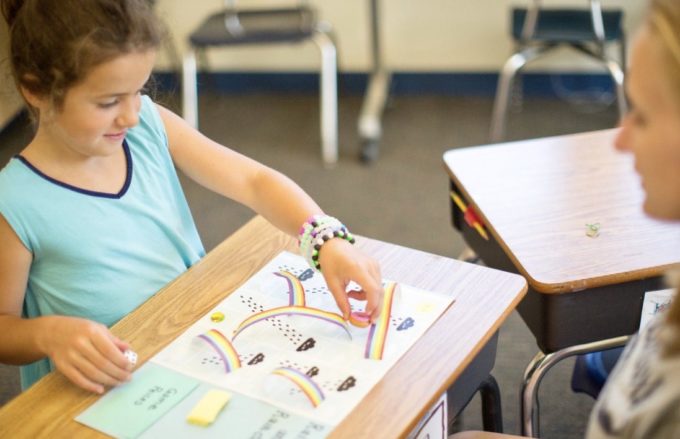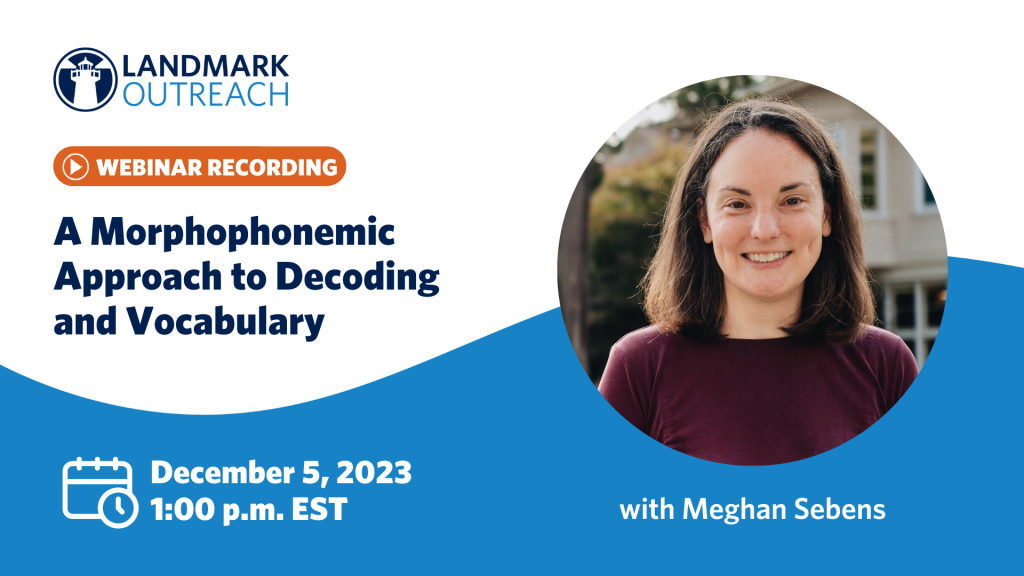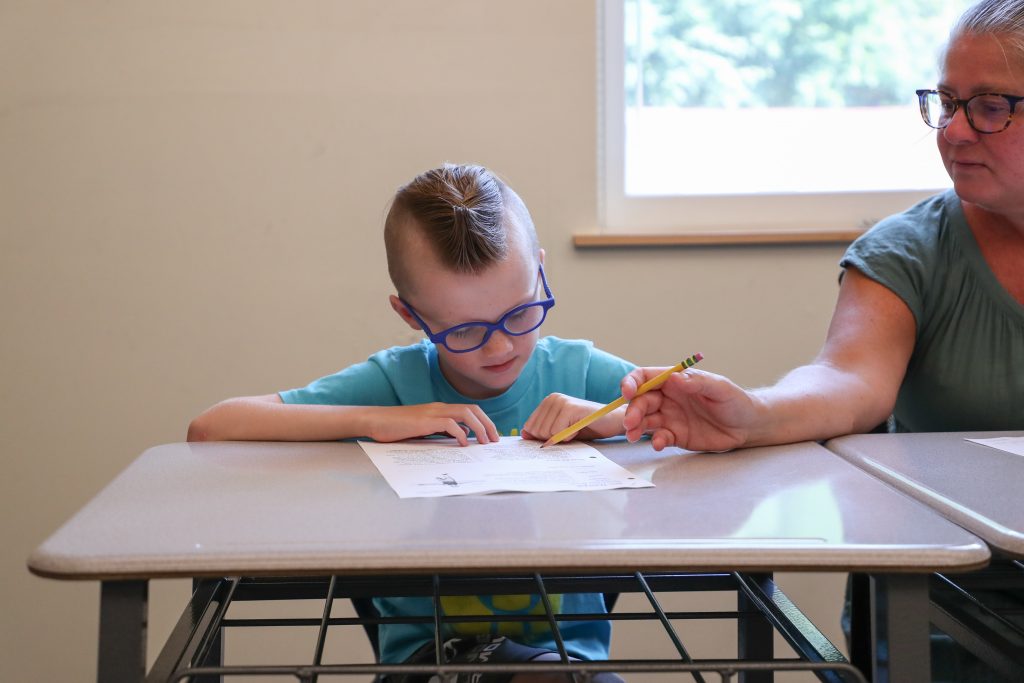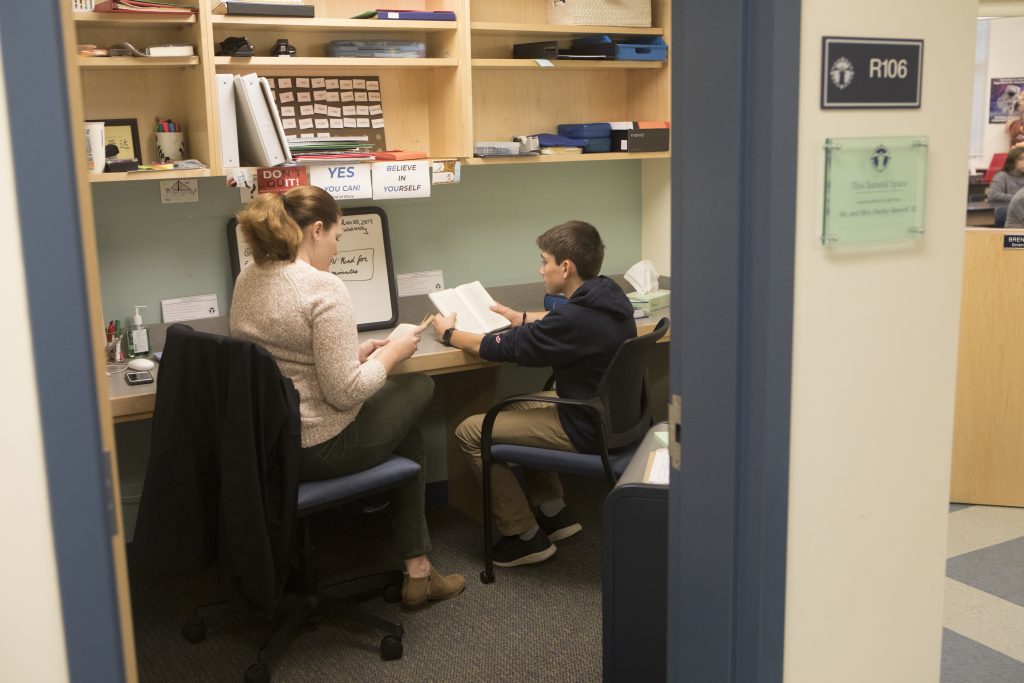The Relationship Between Reading and Spelling
What are the most effective methods for reading instruction? Much of the scientific research and data points to the importance of using a systematic approach to teaching reading. In other words, instruction must start with the origin of reading: recognizing, understanding, and manipulating the sounds we hear in our language. It must then work towards understanding that those sounds represent letters, letters make up words, words become sentences, sentences become paragraphs, etc. Instruction for each of these steps must also be explicit, assuming nothing about a student’s understanding of a particular concept.
Not only does this type of instruction assist students with the acquisition of reading skills, but it can also support spelling. Additional educational research highlights that the skills of reading and spelling are very closely linked and require an understanding of the same basic language skills, such as knowing that sounds are represented by letters. In her book titled: Knowledge to Support the Teaching of Reading: Preparing Teachers for a Changing World, Catherine Snow says, “Spelling and reading build and rely on the same mental representation of a word. Knowing the spelling of a word makes the representation of it sturdy and accessible for fluent reading” (2005, p. 86). In other words, spelling and reading work together to build a strong foundation for better and more fluent reading and writing skills. Louisa Moats supports this same argument and suggests in her article “How Spelling Support Reading: And Why It Is More Regular and Predictable Than You May Think,” arguing that teaching spelling can deepen and support the reading and writing skills of students of all ages. She says “The benefits go well beyond good spelling: For young children, research clearly indicates that spelling supports learning to read, and for older children, it’s likely that learning about the meaningful relationship between words will contribute to vocabulary growth and reading comprehension.” (Moats, 2005, p. 42).
Students build a stronger foundation for reading and spelling skills when they are taught using systematic and explicit methods, and instruction is at its most valuable when given in many different modes. When students use all of their senses, they often retain more of the information that they are learning. A fun and engaging way to use multi-sensory techniques while also helping to build a strong foundation of reading and spelling skills is to use games. Use the format of a game and the element of competition to reinforce basic language skills
References:
Moats, L. C. (2005). How Spelling Supports Reading And Why It Is More Regular and Predictable Than You May Think. Retrieved October 17, 2019, from https://www.aft.org/sites/default/files/periodicals/Moats.pdf.



